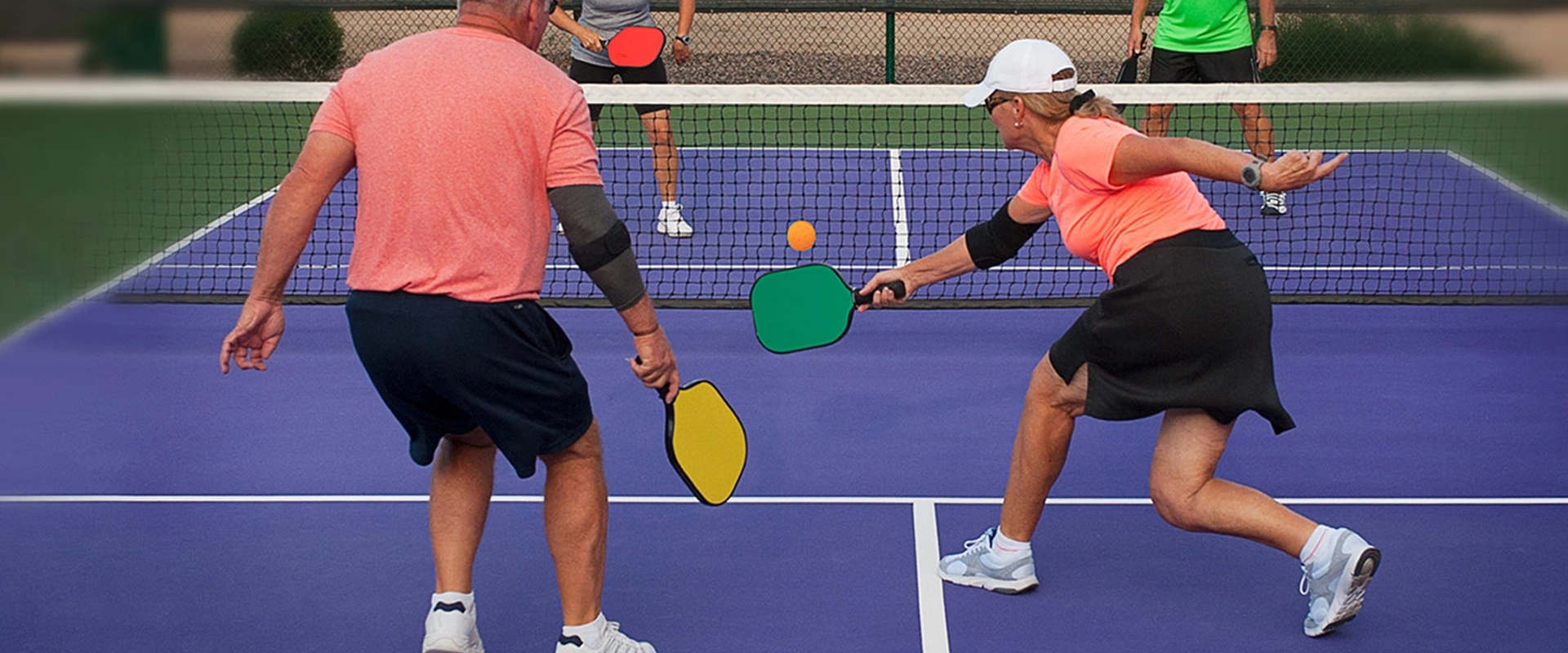
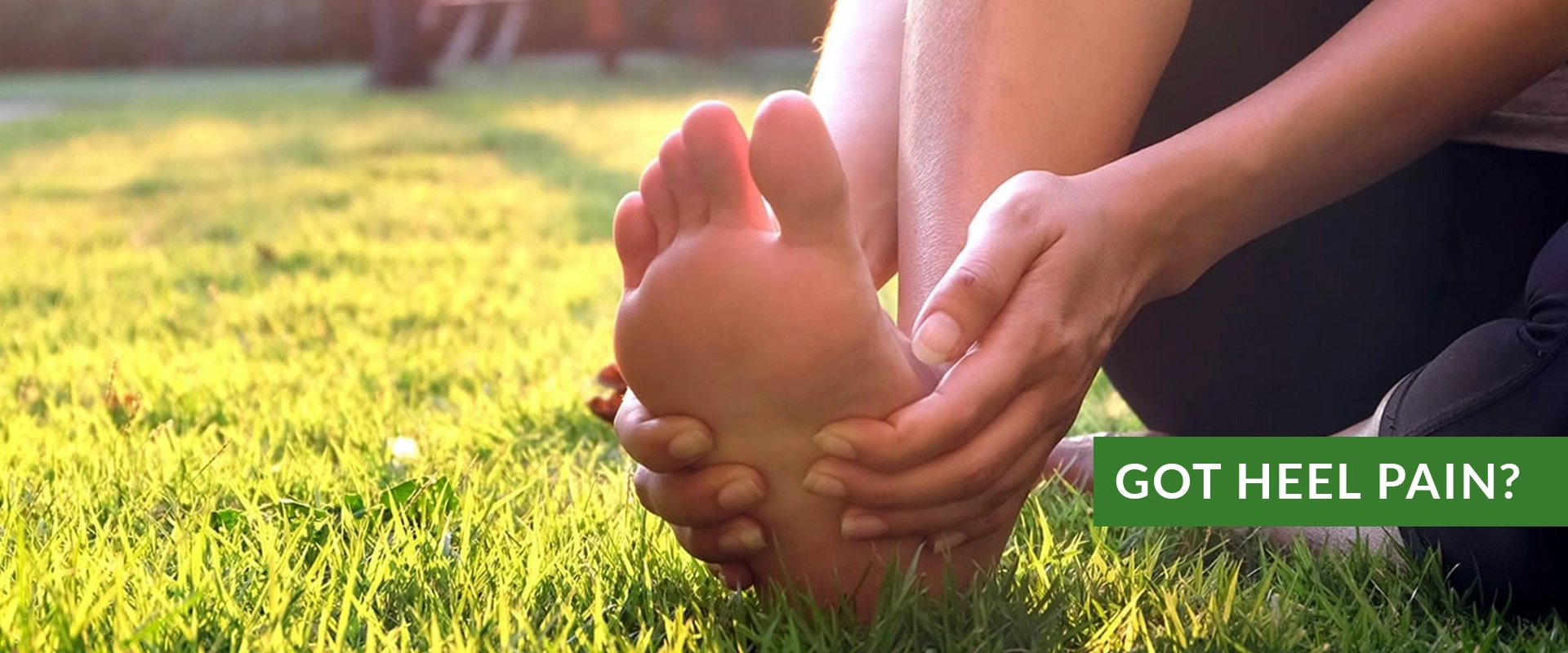
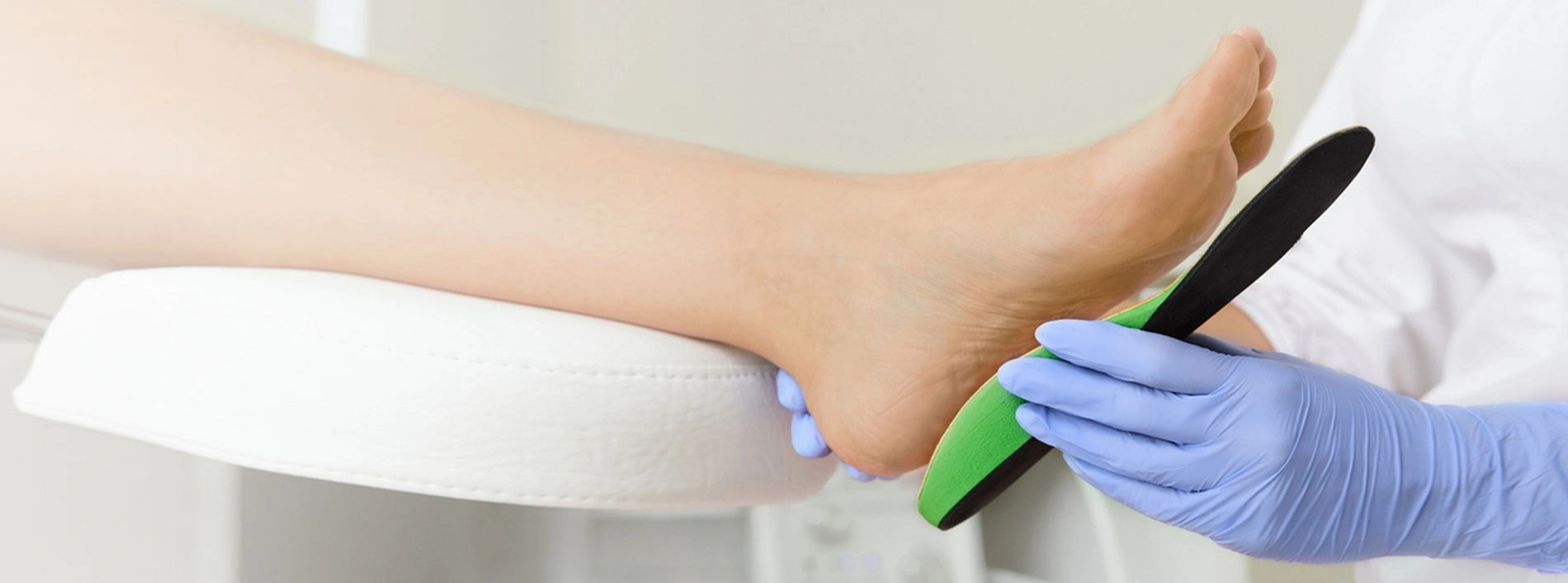

slide-02.jpg
slide-03.jpg
slide-00-custom-orthotics.jpg
slide-01.jpg
WE PROVIDE FOOT CARE FOR THE WHOLE FAMILY
Welcome to Advanced Foot & Ankle, where our team of highly skilled and board-certified podiatrists is dedicated to providing specialized care for your foot and ankle needs. Whether you require conservative treatments or surgical interventions, we go beyond treating symptoms to ensure your complete recovery and a swift return to your regular activities.
During your initial visit, we provide a clinical evaluation of your condition in an effort to make a precise diagnosis, enabling us to devise a tailored treatment plan that addresses your specific needs. With our extensive experience and expertise, we proudly serve the community of Middle Tennessee by offering a range of podiatric services.
At Advanced Foot & Ankle, we specialize in various areas, including skin grafts, diabetic wound care, limb salvage, vascular testing, and surgeries. We understand the unique challenges associated with these conditions, and our team is equipped with the knowledge and skills to provide you with the highest quality care available.
As a patient, your well-being is our top priority. Trust our compassionate team to provide you with the highest standard of podiatric care, helping you regain mobility and enjoy a pain-free life. Schedule your appointment with us today by calling (615) 332-0330 and take the first step towards healthier feet. We proudly serve the communities of Nashville, Midtown, Smyrna, Spring Hill, Columbia, Dickson, Fairview, and Hohenwald.

When it comes to receiving foot and ankle surgery, it’s typically a case by case situation. Some factors that play a role in whether or not you need surgery include the severity of your symptoms as well as your response to other conservative, noninvasive treatment methods.
There are a number of different foot and ankle conditions that may benefit from surgery as a treatment option. Bunions, hammertoe, metatarsal, ankle arthritis, achilles tendon disorders, morton’s neuroma, tibialis posterior disorder, and plantar fasciitis are all conditions that may require surgery as a treatment option, depending on their severity. Long-lasting pain relief is typically the biggest takeaway from having surgery performed to remedy your condition.
In order to best prepare for surgery, make sure you have a consultation with your podiatrist about your overall health, discuss any possible changes in medication, and ask any questions you may have about the procedure to go into the treatment with a clear head. In some cases, you may have to refrain from eating and drinking a few hours before the procedure, so make sure you understand what must be done on your end beforehand.
As for recovery, again, this will typically vary case by case and will be dependent on your condition and the type of surgery performed. Generally, it’s recommended that you get plenty of rest, ice the affected area, compress the wound to aid in further strain, and keep the area elevated to reduce any possible swelling. In some cases, your podiatrist may encourage you to use bandages, splints, surgical shoes, casts, crutches, orthotics, or a cane, depending on how much weight they believe your foot and ankle can bear.
If you’d like to determine whether surgery is the best option for you and your foot condition, consult with a podiatrist who will be able to give you a proper diagnosis and aid you with your decision.
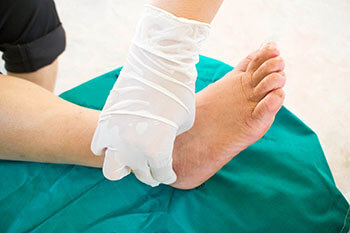
Wound care is particularly important for those with diabetes. It’s possible that what appears to be a small wound could turn into more severe foot complications down the road if left untreated. It’s common for those with diabetes to experience neuropathy. Neuropathy is a type of nerve damage that affects the body and can cause you to lose feeling in the feet. If you’re no longer experiencing feeling in your feet and a wound develops, it’s very possible it may go unnoticed if you don’t check your feet daily.
Some factors that contribute to the formation of wounds on the feet include wearing tightly fitted shoes, getting a pebble stuck in your shoe, or simply walking. What may appear to be just a small inconvenience such as a blister or callus can worsen over time, so it’s important to be safe and seek the attention of a professional. If you’ve developed a wound, it’s recommended that you try your best to keep the weight off of the area until you’re able to meet with a podiatrist.
Some ways to prevent wounds from developing include checking your feet daily for any injuries, washing and drying your feet daily, dressing for comfort and making sure your toes have enough space, and properly trimming your toenails straight across. Because wounds can lead to more severe complications, especially for those with diabetes, we recommend you speak with a podiatrist for professional guidance and a suggested plan for treatment.
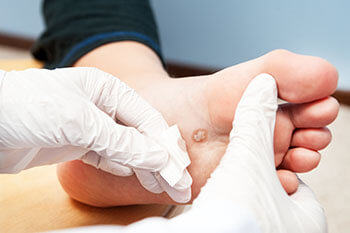
Plantar warts develop on the plantar areas of the feet, namely the soles or the bottom of the feet that bear weight. Sometimes plantar warts can grow in a cluster, which is referred to as mosaic warts. Though they are generally harmless, plantar warts can be very painful and can require professional help.
Plantar warts can develop when a virus enters through the skin, often by a cut or scrape. They’re contagious and typically spread in locations such as public swimming pools, communal showers, as well as your shower at home. Gym facilities and yoga studios may also be more susceptible to plantar wart breakouts due to their publicly shared spaces. Plantar warts are commonly found among children and those with weaker immune systems.
To tell if you have plantar warts, you should check the soles of your feet for bumpy growths. Sometimes these growths may come with a tiny black dot in the center. You may also have plantar warts if you experience pain when walking or standing up. Because plantar warts are easily confused with other foot conditions like corns or calluses, it’s important you seek professional help for proper treatment.
If you suspect you have plantar warts, you may have the following symptoms: pain or tenderness while walking, a lesion that interrupts the ridges in the skin of your foot, small fleshy lesions on the bottom of the foot, or a callus where a wart has grown inward over a well-defined spot on the skin.
Since plantar warts are caused by HPV, or human papillomavirus, and is very contagious, it’s important that you take certain measures to help avoid getting this condition. To start, you can do this by washing your hands frequently and drying them completely, since warts thrive with moisture. You should also wear shoes in public spaces like swimming pools and locker rooms. It’s important to avoid touching someone else’s wart or picking at your own warts as well. Along with not picking at your warts, it’s imperative that you refrain from shaving, brushing, or clipping areas that have warts.
If you have plantar warts, your podiatrist may try different treatment methods depending on your specific case. Some treatments for plantar warts are peeling medicines (salicylic acid), freezing medicines (cryotherapy), or surgical procedures. Laser treatments and vaccines are also used to treat plantar warts.
If you’d like more information about plantar warts and how they’re treated, we recommend you speak with a podiatrist for professional guidance and care.

As with any sporting activity, it’s very important to be aware of the safety precautions needed to help avoid injury and reduce risk. With that being said, injuries of the foot and ankle are fairly common among those who actively participate in sports.
Some sports may be considered more dangerous in terms of foot and ankle injuries compared to others. These sports may include basketball, running, football, soccer, and dancing. Sports that require tightly worn shoes as well as have a particular focus on jumping typically run a higher risk of injury. Because the feet are considered the foundation of the body, help us stay balanced, and enable us to perform our everyday activities, professional help should be sought at the first instinct of something gone wrong.
Some common contributors that lead to foot and ankle injuries in the realm of sports include not stretching properly or failing to warm up, wearing the incorrect footwear needed for your particular sport, as well as not taping or providing your feet and ankle with the needed support. There are a number of foot conditions that can develop if certain safety measures are ignored. Some of the most common conditions related to sports injuries include achilles tendinitis, plantar fasciitis, and stress fractures, to name a few.
Achilles tendinitis affects the largest tendon in the body, the achilles tendon. This type of injury typically occurs because of overuse. The main function of the achilles tendon is to transmit power from the calf muscles to the heel and the foot. When this tendon is harmed, it can be extremely painful and may lead to further complications including tears, ruptures, tendinitis, peritendinitis, tendinosis, tendinopathy, and bursitis.
Plantar fasciitis may occur when the band of tissues that support the arch of your foot experience too much stress. These tissues can become strained from frequently performing sporting activities, thus causing inflammation and pain at the bottom of the heel.
Stress fractures can arise due to a lack of conditioning, use of improper equipment or technique, and repetitive stress placed on the foot and ankle. A stress fracture is a small crack in the bone that can be very painful and cause a great deal of discomfort.
If you commonly participate in sporting activities and would like more information about how to keep your feet and ankles safe, as well as learn more about your treatment options if injured, we recommend you speak with a podiatrist for professional guidance and care.
Click below to read what our satisfied patients are saying about our practice.
Read More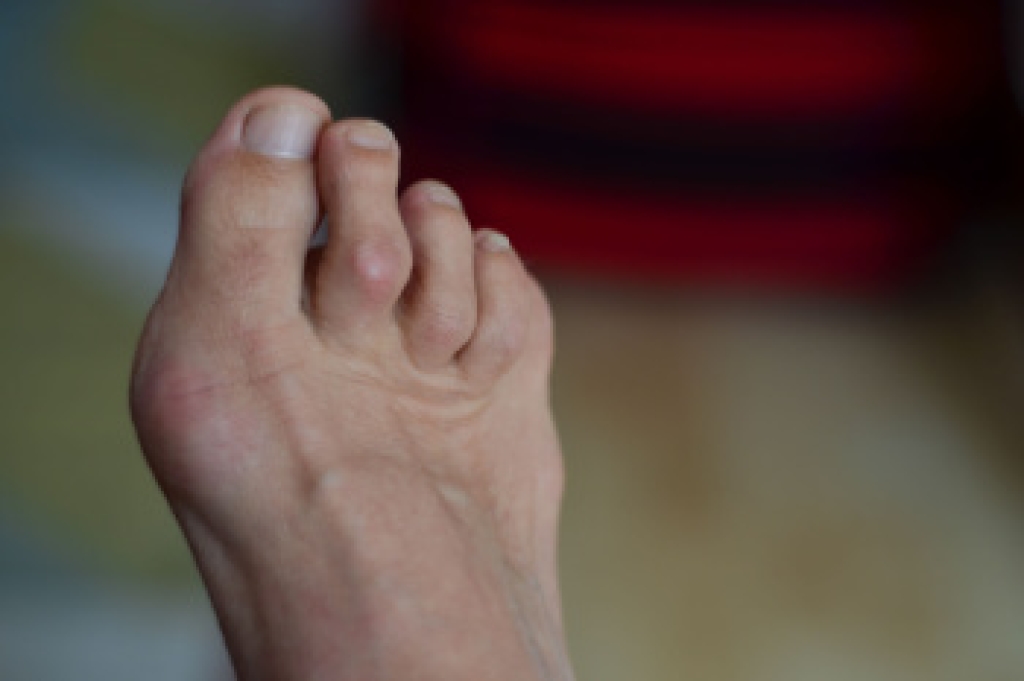 What Causes Hammertoe?
What Causes Hammertoe?  Stretching the Feet to Prevent Arch Pain
Stretching the Feet to Prevent Arch Pain 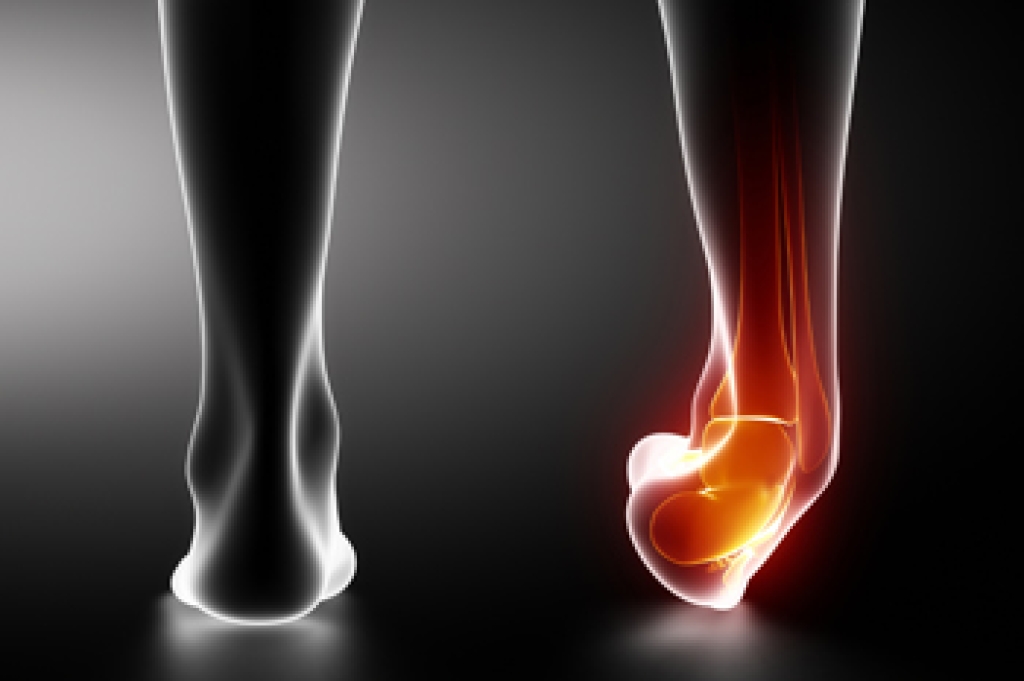 Healing a Broken Ankle Starts With Walking Sooner
Healing a Broken Ankle Starts With Walking Sooner Nashville Foot &
Ankle Center
Smyrna Foot &
Ankle Center
Spring Hill Foot &
Ankle Center
Columbia Foot &
Ankle Center
Dickson Foot &
Ankle Center
Fairview Foot &
Ankle Center
Hohenwald Foot &
Ankle Center
Midtown Foot &
Ankle Center

